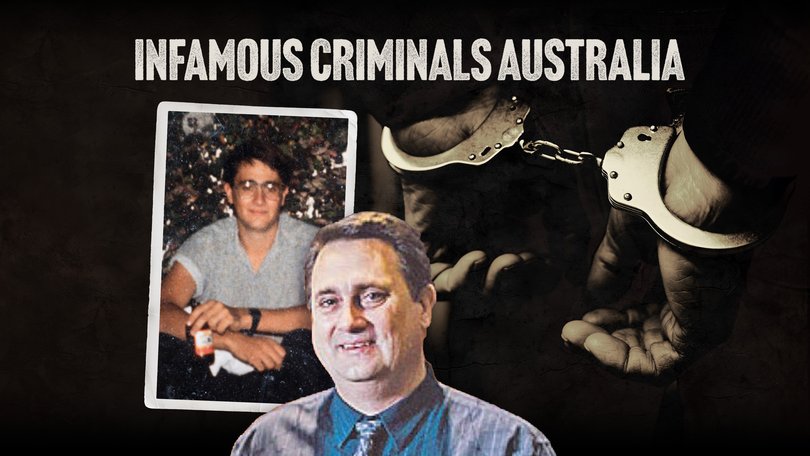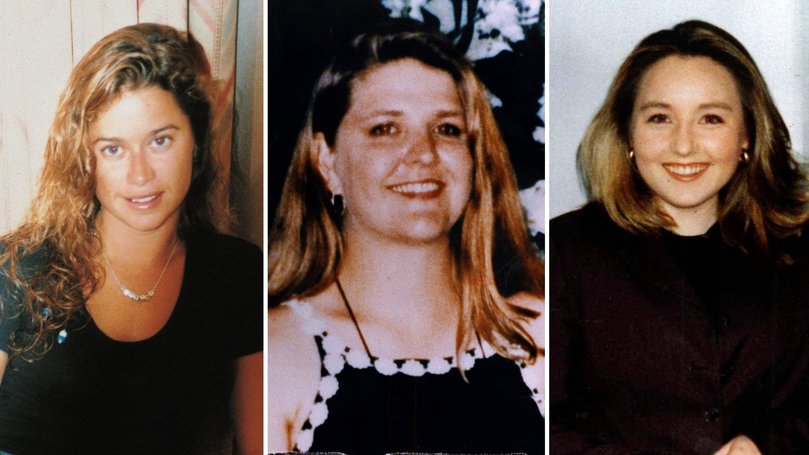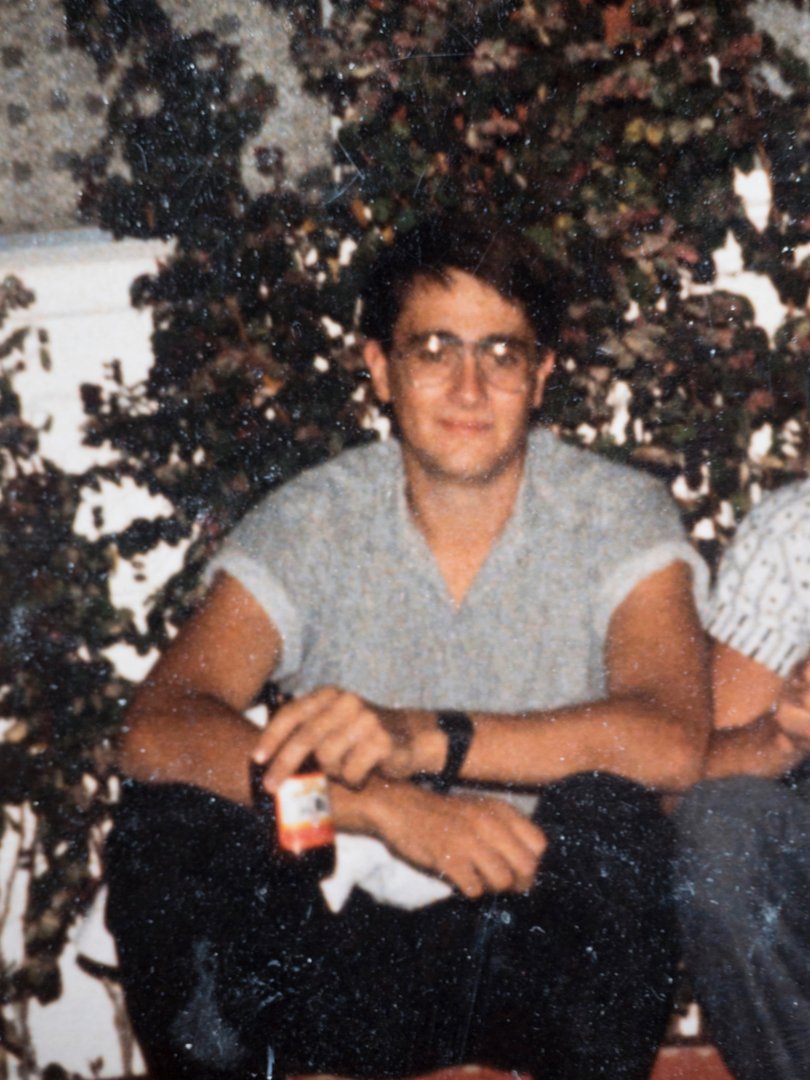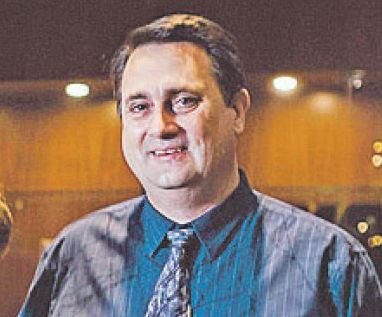Infamous Criminals Australia: Claremont killer Bradley Robert Edwards likely committed other violent crimes

It is “highly improbable” that Claremont killer Bradley Robert Edwards stopped committing violent crimes for almost two decades before his arrest, according to a criminal psychologist.
Tim Watson-Munro, who has assessed and profiled some of Australia’s worst criminals and closely followed the Claremont case in WA from “day one”, doubts Ciara Glennon and Jane Rimmer were the dangerous predator’s final murder victims.
“I seriously doubt that he stopped offending after that,” he said.
Sign up to The Nightly's newsletters.
Get the first look at the digital newspaper, curated daily stories and breaking headlines delivered to your inbox.
By continuing you agree to our Terms and Privacy Policy.“People disappear all the time around Australia and I’ve suggested that some of these disappearances are the work of undetected serial killers.
“So in terms of Edwards, while he hasn’t been charged with other offences, I think it’s highly improbable that in 1997 he just went back to suburbia and started being a model citizen.”
This week, The Nightly is taking a fresh look inside the crimes and minds of Australia’s most recent high-profile criminals.
These are the monsters who have been jailed in the last decade for offences so shocking, they horrified the nation and made headlines around the world.
An unassuming Edwards, who stalked the streets of Claremont in the mid-1990s searching for women to rape and kill, is among this new breed of infamous inmates.
Between January 1996 and March 1997, three young women — Jane Rimmer, Ciara Glennon and Sarah Spiers — vanished after nights out with friends in the affluent Perth suburb of Claremont.

The bodies of Ms Rimmer, 23, and Ms Glennon, 27, were found in bushland weeks after they disappeared.
Their unsolved murders created a pervasive sense of fear in the community that lingered for two decades.
They also sparked the biggest, longest running and most expensive criminal investigation in WA history.

In 1996, after the first two women went missing, a 7NEWS journalist in Perth sought Watson-Munro’s opinion on their disappearances.
The 72-year-old, who has been a psychologist since 1978, predicted the two women were potentially victims of a serial killer. Soon after, a third victim – young lawyer Ms Glennon – was snatched off the street.
“It’s different from other cases in the way it captured the public imagination, the brutal way in which the two women — who we know about — were killed and Edwards’ chameleon-like capacity to blend into the WA community,” Mr Watson-Munro said this week.
“The thing that struck me was the ordinariness of this guy.
“But he was a marauding predator, really. He’d drive around in his car, and when the opportunity was there, he would act on it.”
DEVIL NEXT DOOR
To the world, Edwards appeared completely unremarkable. He had long-term employment, owned a home, had been married twice, coached little athletics and was an active member of his community.
“There’s nothing there to suggest he had any major kind of psychological psychiatric problems at all,” said Watson-Munro.
“He wasn’t mad. He was bad.
“He knew what he was doing. He was able to plan it and evade detection for a considerable period of time.”
Mr Watson-Munro, an author and academic, said the towering Telstra technician fit the profile of a classic serial killer in that he was able to lead a double life.
Unlike mass murderers, serial killers “exhibit a sort of a sick fusion of sexual drive and the need for power” which tends to build up in between offences.

A characteristic of serial killers is that there is often a lull between murders.
“They offend and then they disappear for a while before they reoffend,” Watson-Munro said.
“They are really disturbed, evil people and they’re psychopaths.
“They’re all about themselves. They crave excitement and danger. They like reading about their crimes. They have no remorse and no empathy.
“Edwards wouldn’t have cared less about his victims or who they were leaving behind . . . It was all about his gratification.”
The criminal psychologist believes Edwards — who has always denied involvement in the murders and shown no remorse — was in equal parts smart and lucky.
“Investigative technology, such as DNA profiling, has improved dramatically,” he said.
“Back then, the type of technology that exists now didn’t but he was also cunning.
“And after 19 years, he may well have thought that he had gotten away with it.”
POLICE SWOOP

That was until one morning just before Christmas 2016 when detectives and tactical police swooped on Edwards’ home in the Perth suburb of Kewdale.
Edwards — who surrendered easily — was reportedly calm, casual and unfazed by the early morning raid on his home and his dramatic arrest.
“The thing about psychopaths is they have a very high threshold for anxiety,” said Watson-Munro.
“He would have also rehearsed things in his mind. He might have role-played his arrest so I think the lack of anxiety was probably real when he was arrested.”
The 56-year-old was charged with three counts of wilful murder over the Claremont killings.
Edwards was also charged over sexually motivated attacks on two women in the years leading up to them.
Edwards initially denied all of the allegations but on the eve of his trial, pleaded guilty to sexually assaulting two young women in 1988 and 1995.
Despite participating in a 14-hour police interview after his arrest, Edwards refused to meet with a court-ordered psychiatrist prior to his sentencing.
“If you’re trying to maintain the facade, it’s not unusual,” said Mr Watson-Munro.
“I must say, though, I can only think of one other case where the defendant was not evaluated and that was (triple murderer) Erin Patterson.
“The avoidance of a mental health practitioner would be driven by a belief that maybe the shrink could see beneath the facade, or the evidence obtained by the psychiatrist or psychologist could be used against him in a trial.”
In September 2020, following a seven-month trial, Edwards was convicted of murdering Rimmer and Glennon, whose bodies were found in separate areas of bushland outside of Perth.
Justice Stephen Hall acquitted Edwards of killing 18-year-old Spiers but said it was likely that he was responsible.
Mr Watson-Munro, whose expertise has been sought in some of Australia’s biggest criminal trials, said he considers Edwards to be a “notorious serial killer” despite being found not guilty of Spiers’ death.
“He was found guilty of two murders,” he said.
“He clearly did the third one but there’s just no body.
“It’s a great pity that he hasn’t disclosed where the third body is which, again, in my view, speaks to the fact that he’s an absolute psychopath.”
The Forensic Assessment and Profiling expert has no doubt that Edwards killed Ms Spiers.
“Well, it’s a hell of a coincidence if he didn’t, let’s put it that way,” he said.
Since his sentencing almost five years ago, Edwards has refused to provide any information to police about the missing woman’s location.
Edwards will likely die behind bars after being sentenced to life in prison with a 40-year non-parole period.
It is the longest ever non-parole period in WA judicial history, reflecting the gravity of his crimes.

